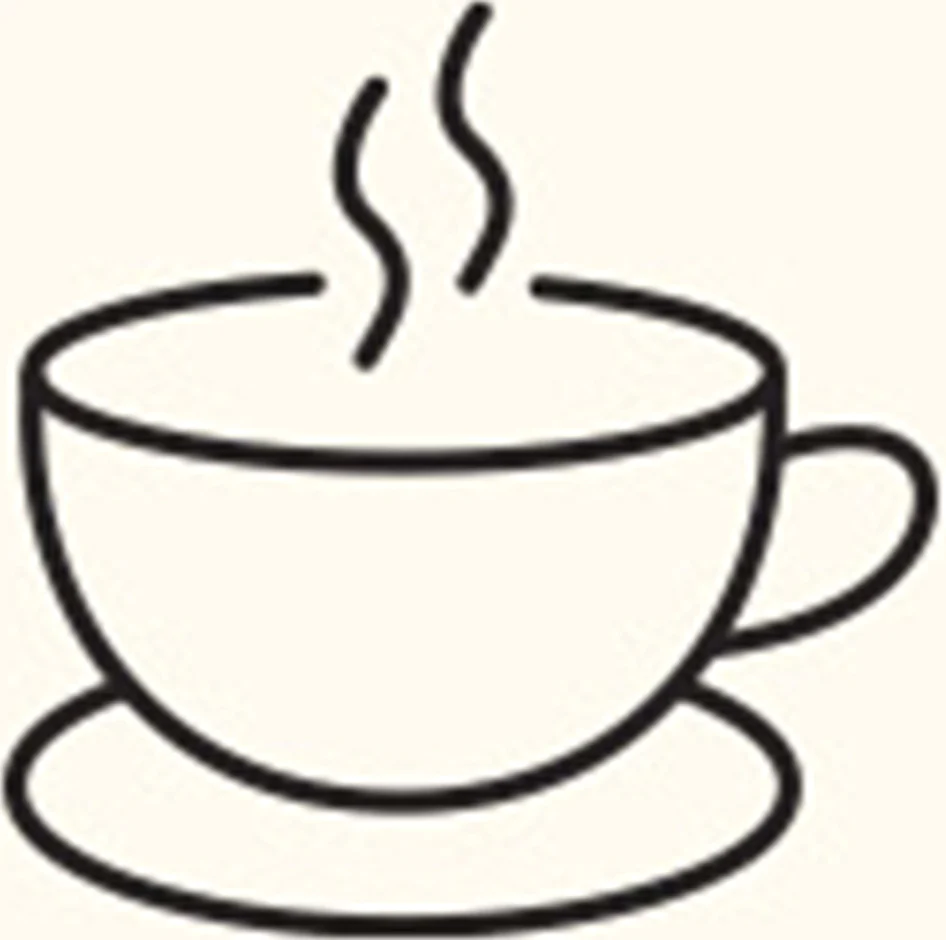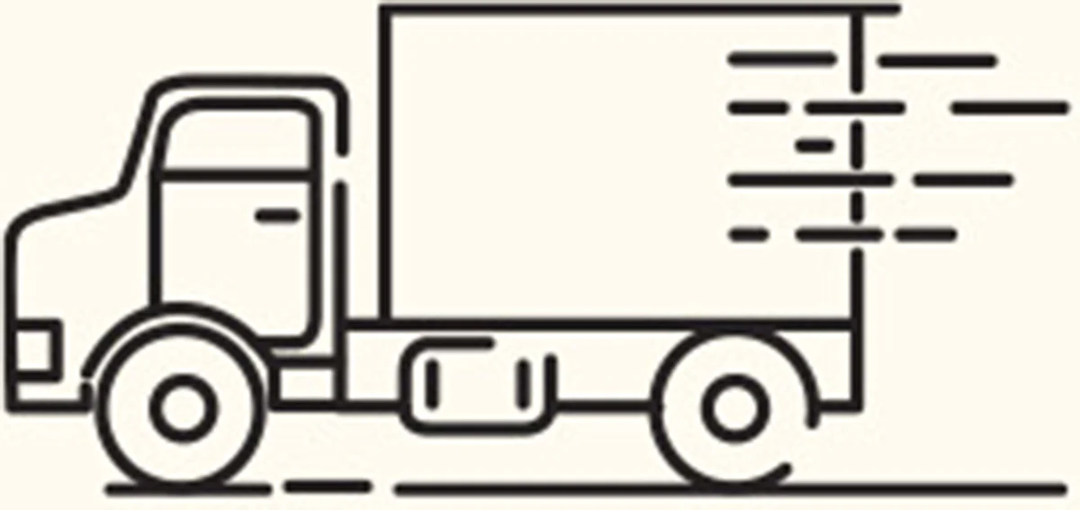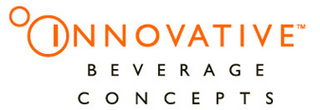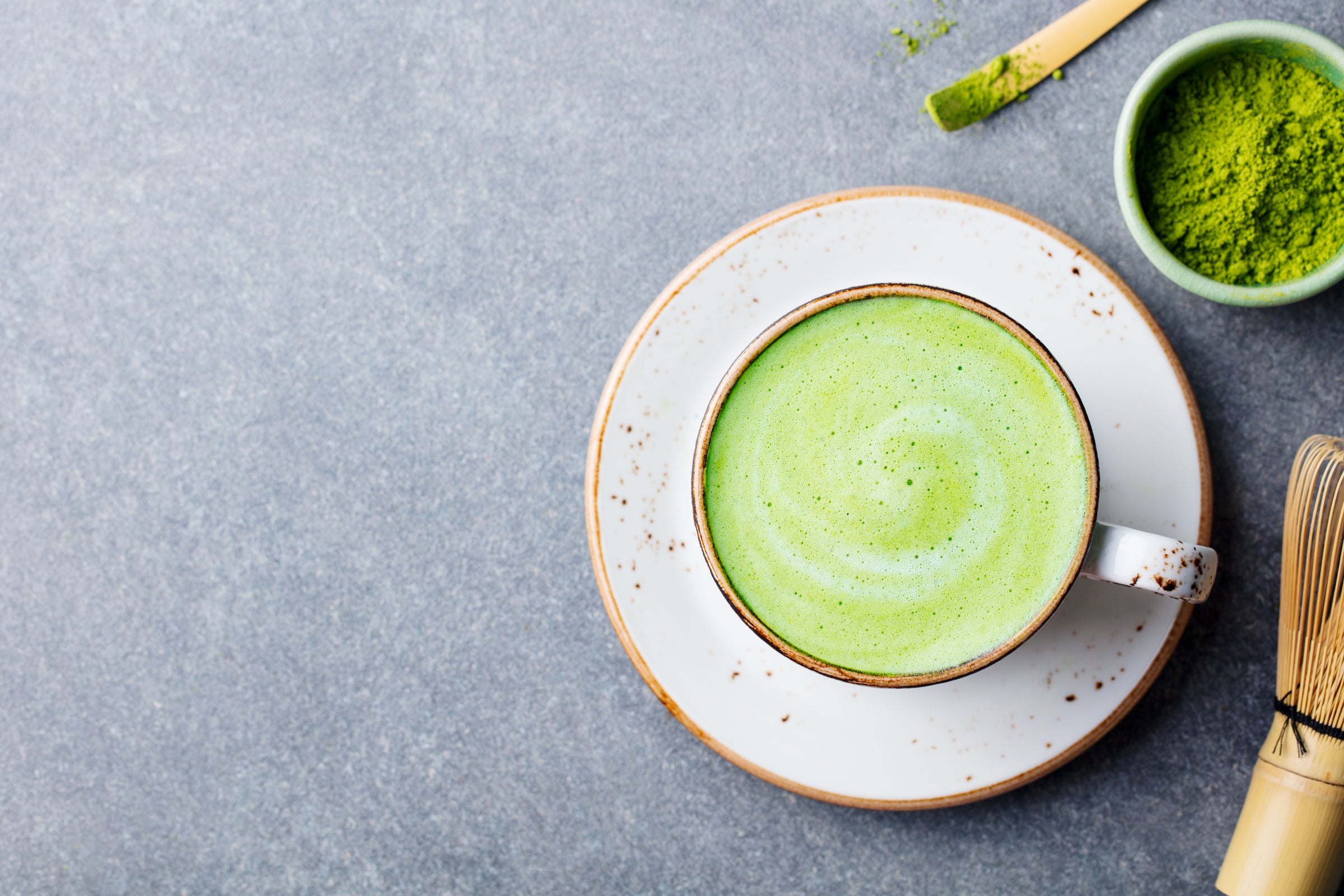Login
Reset your password
We will send you an email to reset your password.
Register as a Wholesaler
and join thousands of happy customers.

Exclusive Products
Be the first to know about our new products, exclusive or limited offers, and promotions.

Wholesale Pricing
Enjoy wholesale pricing, and free shipping when you spend $279 or more.

Dedicated Support
Receive free promotional material, posters and samples upon request.


